Nationality American Name John Tukey | ||
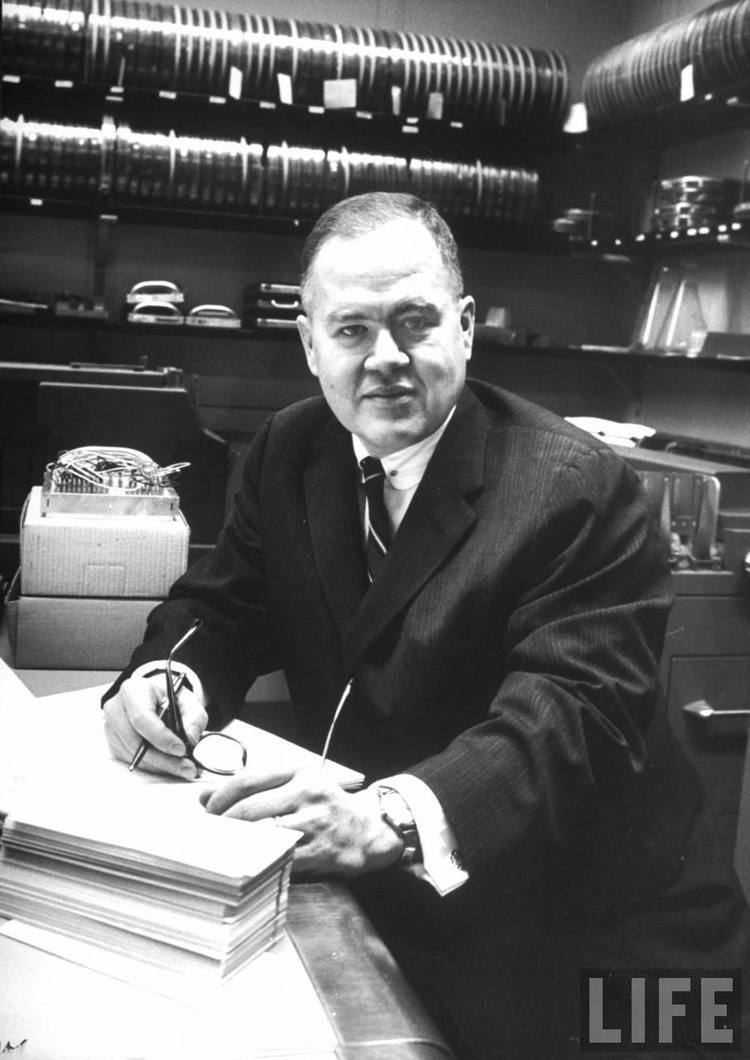 | ||
Born June 16, 1915New Bedford, Massachusetts, USA ( 1915-06-16 ) Institutions Bell LabsPrinceton University Alma mater Brown UniversityPrinceton University Doctoral students Arthur DempsterLeo GoodmanPaul MeierFrederick MostellerKai Lai Chung Parents Adah M. Tukey, Ralph H. Tukey Books The Measurement of Power, The collected works of J, Exploratory Data Analysis, Convergence and uniformity, Graphical Analysis of Multi‑Res Similar People | ||
Residence United States of America | ||
John tukey pt 1
John Wilder Tukey ForMemRS (; June 16, 1915 – July 26, 2000) was an American mathematician best known for development of the FFT algorithm and box plot. The Tukey range test, the Tukey lambda distribution, the Tukey test of additivity, and the Teichmüller–Tukey lemma all bear his name.
Contents
- John tukey pt 1
- Stu hunter recollections of john tukey
- Biography
- Scientific contributions
- Statistical practice
- Statistical terms
- Publications
- References
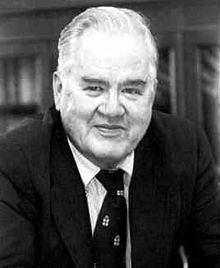
Stu hunter recollections of john tukey
Biography
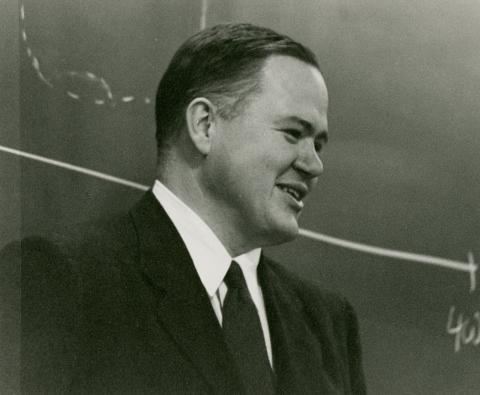
Tukey was born in New Bedford, Massachusetts in 1915, and obtained a B.A. in 1936 and M.Sc. in 1937, in chemistry, from Brown University, before moving to Princeton University where he received a Ph.D. in mathematics.
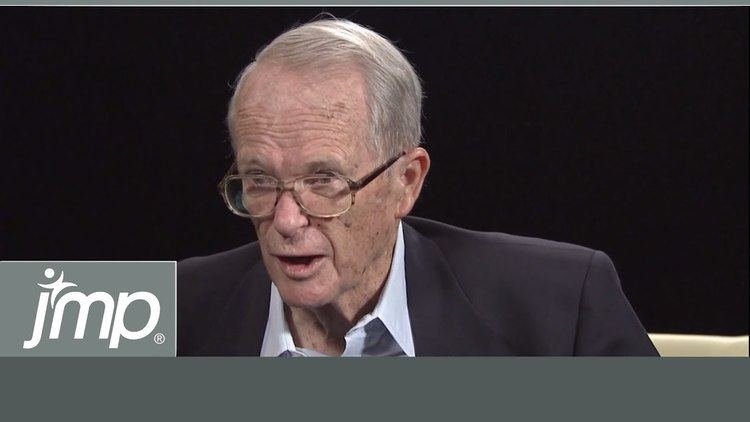
During World War II, Tukey worked at the Fire Control Research Office and collaborated with Samuel Wilks and William Cochran. After the war, he returned to Princeton, dividing his time between the university and AT&T Bell Laboratories. He became a full professor at 35 and founding chairman of the Princeton statistics department in 1965.
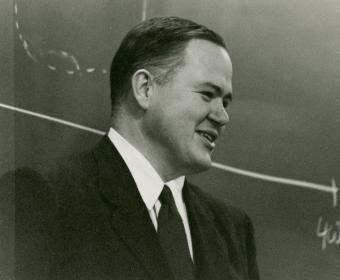
Among many contributions to civil society, Tukey served on a committee of the American Statistical Association that produced a report challenging the conclusions of the Kinsey Report, Statistical Problems of the Kinsey Report on Sexual Behavior in the Human Male.
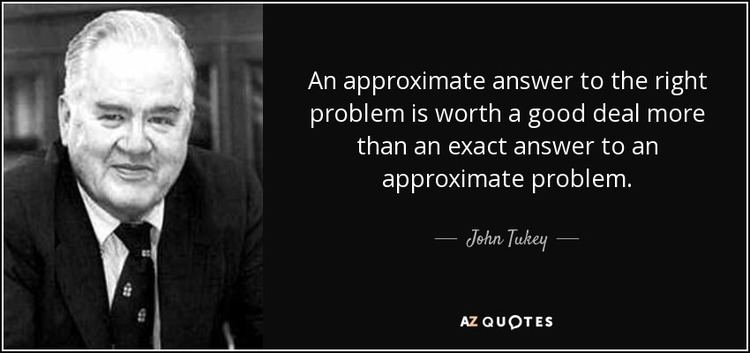
He was awarded the National Medal of Science by President Nixon in 1973. He was awarded the IEEE Medal of Honor in 1982 "For his contributions to the spectral analysis of random processes and the fast Fourier transform (FFT) algorithm."
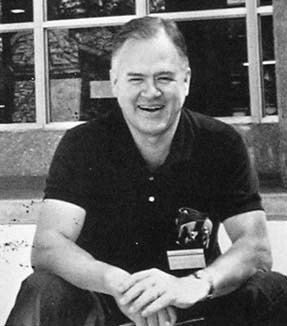
Tukey retired in 1985. He died in New Brunswick, New Jersey on July 26, 2000.
Scientific contributions
Early in his career Tukey worked on developing statistical methods for computers at Bell Labs where he invented the term "bit".
His statistical interests were many and varied. He is particularly remembered for his development with James Cooley of the Cooley–Tukey FFT algorithm. In 1970, he contributed significantly to what is today known as the jackknife estimation—also termed Quenouille-Tukey jackknife. He introduced the box plot in his 1977 book, "Exploratory Data Analysis".
Tukey's range test, the Tukey lambda distribution, Tukey's test of additivity and Tukey's lemma all bear his name. He is also the creator of several little-known methods such as the trimean and median-median line, an easier alternative to linear regression.
In 1974, he developed, with Jerome H. Friedman, the concept of the projection pursuit.
Statistical practice
He also contributed to statistical practice and articulated the important distinction between exploratory data analysis and confirmatory data analysis, believing that much statistical methodology placed too great an emphasis on the latter.
Though he believed in the utility of separating the two types of analysis, he pointed out that sometimes, especially in natural science, this was problematic and termed such situations uncomfortable science.
A D Gordon offered the following summary of Tukey's principles for statistical practice:
... the usefulness and limitation of mathematical statistics; the importance of having methods of statistical analysis that are robust to violations of the assumptions underlying their use; the need to amass experience of the behaviour of specific methods of analysis in order to provide guidance on their use; the importance of allowing the possibility of data's influencing the choice of method by which they are analysed; the need for statisticians to reject the role of 'guardian of proven truth', and to resist attempts to provide once-for-all solutions and tidy over-unifications of the subject; the iterative nature of data analysis; implications of the increasing power, availability and cheapness of computing facilities; the training of statisticians.Statistical terms
Tukey coined many statistical terms that have become part of common usage, but the two most famous coinages attributed to him were related to computer science.
While working with John von Neumann on early computer designs, Tukey introduced the word "bit" as a contraction of "binary digit". The term "bit" was first used in an article by Claude Shannon in 1948.
In 2000, Fred Shapiro, a librarian at the Yale Law School, published a letter revealing that Tukey's 1958 paper "The Teaching of Concrete Mathematics" contained the earliest known usage of the term "software" found in a search of JSTOR's electronic archives, predating the OED's citation by two years. This led many to credit Tukey with coining the term, particularly in obituaries published that same year, although Tukey never claimed credit for any such coinage. In 1995, Paul Niquette claimed he had originally coined the term in October 1953, although he could not find any documents supporting his claim. The earliest known publication of the term "software" in an engineering context was in August 1953 by Richard R. Carhart, in a Rand Corporation Research Memorandum.
